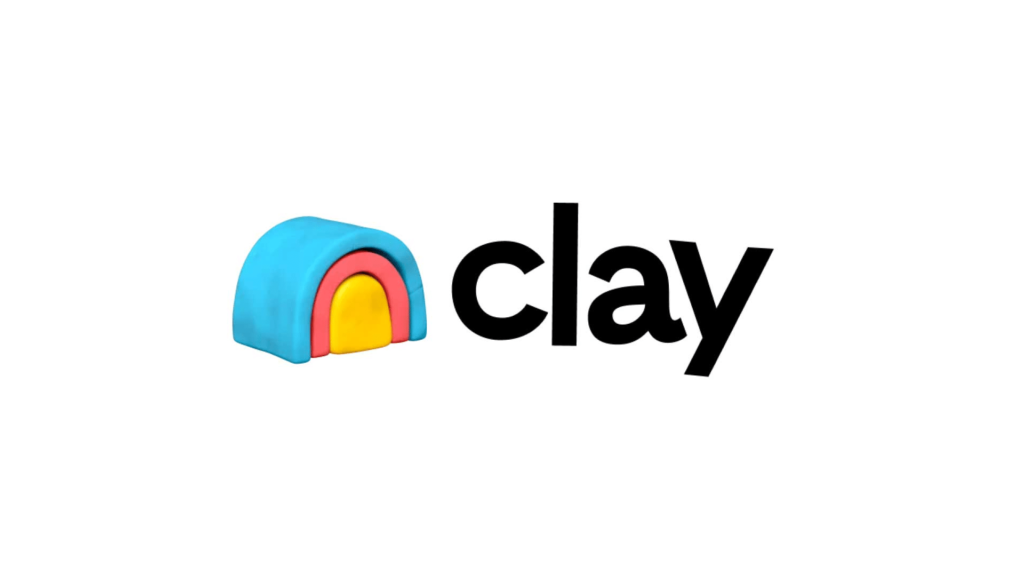AI Tools That Actually Work: A Startup’s Guide to Better GTM Strategy (2025)
AI is reshaping how startups go to market in 2025, turning static plans into adaptive, data-driven strategies. The right tools can uncover niche audiences, cut content costs, and boost conversions — like Rare Candy’s 18% lift from AI-optimized content.
AI Tools are revolutionizing how startups approach their go-to-market strategies in 2025. The stark reality is that 90% of startups fail, often due to ineffective marketing strategies or lack of market demand. However, we’re witnessing a fundamental shift as GTM strategies evolve from static plans into AI-powered blueprints that adapt based on continuous data.
In fact, the right go to market strategy powered by AI can now identify niche customer segments quickly, predict future sales trends with remarkable accuracy, and even reduce content creation costs by up to 90%. Additionally, AI marketing tools are enabling hyper-targeted campaigns with real-time adjustments that weren’t possible just a few years ago. By leveraging these capabilities, startups can make data-backed decisions that significantly improve results-like the 18% increase in product page conversions achieved by Rare Candy through AI-powered content optimization.
In this guide, we’ll explore the AI tools that actually work for startups in 2025, how they’re transforming different aspects of GTM execution, and practical steps for building your own AI-powered strategy that delivers measurable results.
What makes a GTM strategy effective in 2025?
Modern GTM strategies are built on speed, adaptability, and precision. Unlike traditional methods that are slow, siloed, and gut-driven, today’s most successful GTM teams use real-time data, automation, and collaborative workflows to outpace the competition.
Key shifts include:
- Replacing static customer segments with dynamic intent-based targeting
- Automating multichannel campaigns and personalization
- Aligning marketing, sales, and product teams with unified data
How AI supercharges GTM strategy
AI has evolved from assistive tech to a core GTM engine. Companies using AI report revenue increases of 10–20%, with 3.5x greater likelihood of outperforming competitors.
AI enhances GTM execution by:
- Segmenting customers dynamically using real-time behavioral data
- Optimizing channels based on engagement and performance
- Personalizing content with contextual precision
- Scoring leads and predicting deal success with higher accuracy
- Forecasting revenue and identifying pipeline gaps before they widen
By 2025, over 70% of B2B orgs will rely on AI-powered GTM strategies and startups that move early gain significant first-mover advantages.
The AI tools that actually work for startups (2025)
We’ve tested dozens of tools across startups and growth-stage businesses. The five tools below have consistently delivered measurable results in reducing manual work, improving GTM alignment, and accelerating growth.
1. Clay – The no-code growth engine

Use Case: GTM automation, prospect research, lead enrichment
Clay enables non-technical teams to build complex, multi-source prospecting workflows without writing code. With hundreds of integrations and custom enrichment logic, it can:
- Pull LinkedIn and website data
- Verify email addresses
- Segment leads by tech stack, headcount, and intent
- Automate custom outbound research at scale
Why it works: Clay blends data enrichment, scraping, and AI to fuel highly targeted outbound strategies. Instead of relying on stale databases, it builds real-time lead lists that evolve with your ICP.
SEO Impact: Clay can trigger workflows that generate personalized outreach or dynamic content feeds, which align with content-driven GTM.
2. Snov.io – smart outreach meets sales automation

Use Case: cold outreach, email finder, drip campaigns
Snov.io combines prospect discovery, email verification, and automated outreach into a single platform. With it, startups can:
- Find and validate contact info for leads from domains or LinkedIn
- Set up multistep drip email campaigns
- Track open/click/reply metrics
- Score leads automatically using engagement and CRM behavior
Why it works: Snov.io simplifies the GTM process by turning outbound from a clunky manual task into a repeatable and scalable play.
Performance: Users report up to 3x more replies with Snov.io sequences vs. generic outreach tools.
3. Make – GTM workflow orchestration

Use Case: internal automation, cross-tool workflows, GTM integrations
Make is a visual automation builder that connects apps across your GTM stack-from lead capture to CRM updates. Startups use Make to:
- Auto-sync inbound leads between forms, CRMs, and enrichment tools
- Notify sales teams via Slack or email when high-intent leads engage
- Trigger campaign adjustments in real-time based on activity
Why it works: Make automates repetitive GTM tasks that waste team time. It scales execution without scaling headcount.
Bonus: Integrates seamlessly with Clay, Snov.io, HubSpot, Airtable, and over 1,000 others.
4. Dripify – LinkedIn outreach automation for B2B

Use Case: social selling, LinkedIn prospecting, GTM enablement
Dripify is a powerful LinkedIn automation platform that empowers SDRs to run multistep connection and messaging flows directly on LinkedIn. Features include:
- Personalized invite and follow-up sequences
- Smart inbox and campaign analytics
- CRM integrations and lead tagging
Why it works: Social selling is critical in 2025, especially for B2B startups. Dripify turns every rep into a high-output LinkedIn machine.
GTM Value: Increases your outbound touchpoints while maintaining 1:1 personalization at scale.
5. Persona AI – dynamic ICP modeling & buyer personas

Use Case: customer intelligence, ICP refinement, content personalization
Persona AI helps GTM teams better understand and adapt to customer behavior by building dynamic personas based on real-time intent, job roles, and firmographic data.
With it, you can:
- Continuously update ICP definitions based on conversion trends
- Create persona-specific content recommendations
- Align product messaging with shifting audience signals
Why it works: Persona AI removes the guesswork from persona creation and ensures your campaigns evolve as your customers do.
Building your AI-powered GTM strategy: a 4-step framework
- Set measurable goals: Tie GTM efforts directly to business outcomes (e.g., “increase qualified demo requests by 30% in Q3”).
- Map tools to funnel gaps: Use Clay for prospecting, Snov.io for outreach, Make for automation, Dripify for LinkedIn, and Persona AI for messaging.
- Align teams: Centralize customer data and ensure everyone shares a unified ICP, messaging strategy, and campaign plan.
- Measure, learn, iterate: Continuously track KPIs and evolve your stack. Optimize based on outcomes, not outputs.
Final thoughts
The AI revolution in GTM isn’t about “tech for tech’s sake” – it’s about building a faster, more accurate, and aligned growth engine.
Startups that implement tools like Clay, Snov.io, Make, Dripify, and Persona AI aren’t just working smarter – they’re building GTM systems that scale faster, learn faster, and convert better.
Action Step: Pick one funnel bottleneck and automate it using the tools above. Run a 30-day test. Track the lift. Then scale from there.
.svg)
